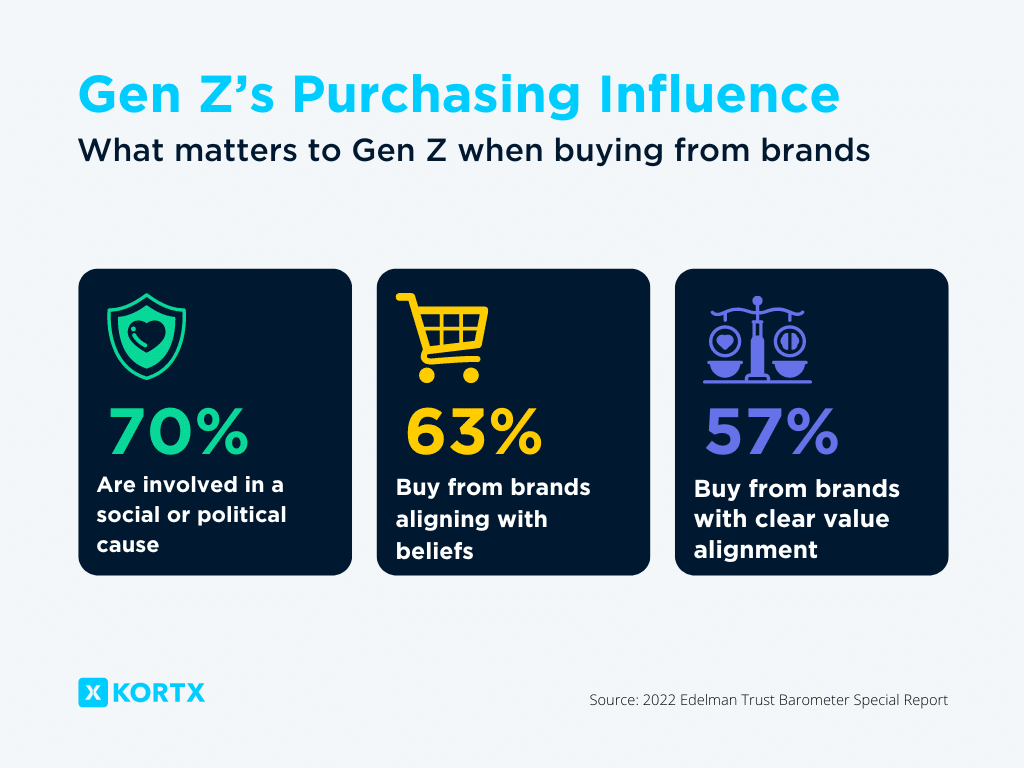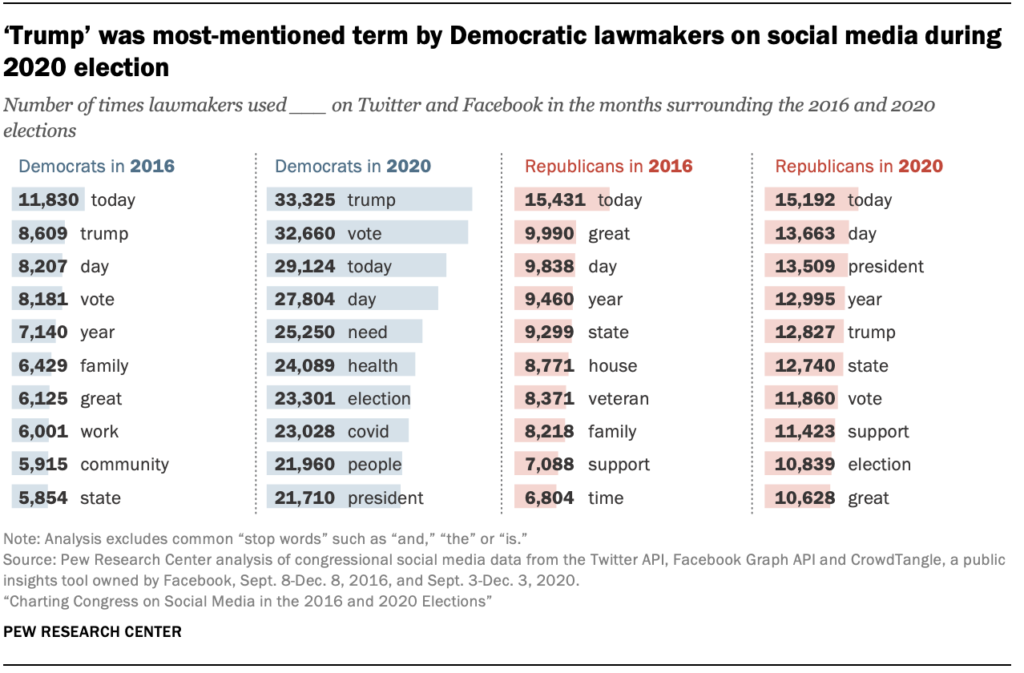Experiences refined for people
Experiences refined for people
As the 2024 political campaign season looms, brands and marketers are at the cusp of an increasingly complex advertising landscape.
Non-political brands face a digital terrain marked by political ad preemptions and guaranteed media buys that introduce significant uncertainty. How can your brand remain visible and distinguish itself in this crowded environment?
A strategic and flexible approach is essential.
This guide offers actionable strategies and insights to help your brand navigate this period effectively, ensuring your message stands out while reducing unexpected budget increases despite the political noise.
🗳️ Advertising During an Election Year
“In the volatile digital advertising landscape, shaped significantly by political and election cycles, brands need flexibility to manage the uncertain effects of elections. Adapting to scale, cost, and audience behavior changes is essential for digital media success in 2024. Preparing for diverse outcomes and tailoring marketing strategies to the shifting political and consumer environment will be crucial for maintaining relevance and effectiveness in a dynamic digital advertising ecosystem.”

Linear television, often a reliable medium for brand advertising, faces disruption from political campaign ads. This can lead to the preemption of your carefully planned commercial spots.
💡 Proactive Tip: Shift your advertising budget towards Connected TV (CTV).
CTV provides a less volatile environment for your ads, with the added benefits of targeted reach and detailed analytics, making your investment work harder and smarter.
The political season increases demand for advertising slots, making availability unpredictable and often dependent on early bookings.
💡 Proactive Tip: Pay more for peace of mind.
Embrace programmatic guaranteed deals to secure your advertising slots well in advance. Early buys ensure your brand maintains its presence, albeit at potentially higher costs. Anticipating and planning for these cost increases in your budget can mitigate surprises down the line.
In today’s market, consumers, particularly Gen Z, expect brands to take a stand on social and political issues that matter to them.
💡 Proactive Tip: Evaluate the relevance of taking a stand on specific issues.
Ensure these issues align with your brand values and audience expectations. However, always keep regulatory considerations in mind to navigate this aspect wisely.

Gen Z purchases from brands that clearly align with their political and social values.
Election seasons significantly influence online browsing habits as audiences seek news and information on candidates, elections, and related topics.
💡 Proactive Tip: Shift budgets to where customers engage most.
Adjust your budgeting to capture attention on content and sites where your customers are likely to spend time, especially if they are interested in politics or specific issues. This strategic allocation can boost engagement during a time when interests are shifting.
The competition for ad space intensifies during political campaigns, increasing costs on popular platforms.
💡 Proactive Tip: Monitor budget allocations closely and be prepared to adjust your spending.
Monitoring budget allocations closely is crucial. This vigilance will ensure funds are optimized for impact and efficiency.
Political seasons heighten audience sensitivity and the risk of misalignment with contentious messages, potentially harming your brand’s image and reputation.
💡 Proactive Tip: Adopt a rigorous review process for all content and creative outputs.
A thorough process ensures sensitivity to the political climate and alignment with your brand values, thus preventing negative associations and maintaining brand integrity.
Keywords related to the election cycle may experience fluctuations in performance and cost. Make sure that your team works to ban specific keywords.
💡 Proactive Tip: Keep a close eye on SEM performance.
Do this by conducting weekly audits, if necessary, to adjust bids and strategies for optimal results. For the best results, dig into regional or state fluctuations.
Looking to get a head start? Consider the list below alongside other key 2024 election issues.

Source: Charting Congress on Social Media in the 2016 and 2020 Elections
Political campaigns often concentrate their spending in specific regions, affecting local advertising dynamics across all channels.
💡 Proactive Tip: Stay informed about regional advertising trends and adjust your strategies accordingly.
This tactic helps avoid overspending in saturated markets. Implement an anomaly detection system to catch these small changes.
Standard media placements like news verticals might become problematic during the political season. These publications can be saturated with political content, potentially alienating or overwhelming your target audience.
💡 Proactive Tip: Consider auditing and avoiding placements in highly politicized environments.
This change maintains brand neutrality and focuses on your target audience.
During campaign seasons, social media is flooded with political content, overshadowing non-political brand messages. The dynamic nature of social conversations can quickly alter the context of your ad displays.
💡 Proactive Tip: Elevate your brand’s relevance and resonance by tailoring content to reflect current events and audience sentiment.
Utilize social listening tools to gauge your audience’s mood and interests, allowing for real-time adjustments to your messaging. Brands with a larger social media following may want to dedicate additional resources to community engagement and monitoring.
🇺🇸 How do you combat uncertain results during an election season?
“The biggest thing to remember during the political season is this: even if your ad content is the best it could be and you’ve had months of positive momentum, your cost-per-result, whatever that result might be, will go up. Don’t panic; understand that events outside your control drive this, so there isn’t any reason to think you need to change everything.
Evaluate where your opportunity lies and be flexible. If rising cost-per-results is a problem, consider focusing on generating awareness with cheaper platform objectives. If continuing to generate lower-funnel results continues to be your only focus, understand that it may get more expensive and continue with your routine optimizations. Just increase the threshold you’ve been using to gauge success.”

Political campaign seasons often prompt social media platforms and other advertising channels to adjust their policies, particularly regarding ad transparency and content standards. These changes can affect how and where your ads are displayed, with implications for compliance and campaign effectiveness.
💡Proactive Tip: Stay informed about policy updates across all your advertising channels, from social media to programmatic and beyond.
Regularly review the guidelines of each platform and adjust your advertising strategies accordingly to ensure compliance.
As we gear up for the 2024 political campaign season, the key for non-political brands lies in strategic adaptation and proactive planning. By embracing flexibility, monitoring policy changes, and ensuring content sensitivity, your brand can navigate the complexities of this period. Remember, the goal is not just to compete for space but to resonate meaningfully with your audience, turning challenges into opportunities for engagement and growth.
About the Author
Brandon Pollard is the Director of Ad Operations at KORTX. He enjoys cloud rap, soccer, and traveling.
From us to your inbox weekly.